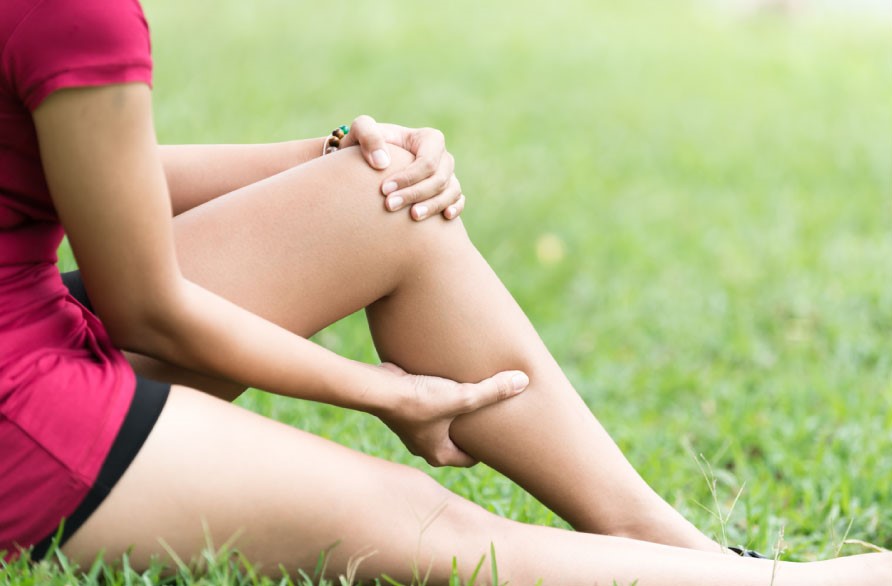1 はじめに:「ただの成長痛だから大丈夫」では済まされない
夕方になると「ひざがズキズキする」「ふくらはぎがだるい」と訴え、夜中に泣きながら起きてしまうなど、小学校低学年から中学生までの保護者であれば、一度は耳にしたことがある“成長痛”。医療現場では成長痛(Growing Pain)のほか、骨端症、オスグッド病、シーバー病など多様な診断名で呼ばれますが、共通するのは「骨や軟骨が急激に伸びる時期に生じる痛み」という点です。ところが、多くの家庭では「そのうち治る」「よくあること」と軽視され、子ども自身も「痛いと言うと部活を休むことになる」と我慢してしまいがち。痛みを放置すると運動嫌いや睡眠障害を招き、心身両面に長期的な影響を残すことが研究で示されています。
そこで本稿では、成長痛の正確なメカニズムを整理し、症状の見極め方、家庭でできる即時ケア、医療機関を受診すべき“赤旗サイン”、そして長期的な再発予防策までを網羅的に解説します。
2 成長痛とは何か――三つの医学的カテゴリー
- 成長期過用症候群(Overuse Syndrome)
骨端線が柔らかい時期に同一動作を反復することで、筋腱が骨端部を牽引し炎症を起こす。代表例がオスグッド・シュラッター病(脛骨粗面炎)とシーバー病(踵骨骨端症)。 - 単純性成長痛
夜間~就寝前に下肢が痛むが、翌朝には消失し機能障害を伴わない。一般に「成長痛」と言えばこれを指す。 - 鑑別が必要な器質的疾患
疲労骨折、骨髄炎、若年性特発性関節炎など、専門治療を要する病態。痛みが持続的・片側性・熱感ありの場合は要検査。
3 痛みのメカニズム――骨・筋・神経の“伸び率ギャップ”
成長期の骨は1年間で平均6〜8㎝伸びる一方、筋腱はそのスピードに即応できず、一時的にテンション不均衡が生じます。さらに、骨端部は軟骨成分が多く耐久性が低いため、運動や体重負荷で微細損傷→炎症→疼痛という悪循環に。加えて自律神経の揺らぎが痛覚閾値を下げることが、夜間痛の一因と考えられています。
4 “赤旗サイン”――受診を急ぐべき症状チェック
- 24時間以上続く強い痛み
- 片側だけが腫れて熱を持つ
- 発熱・倦怠感を伴う
- 歩行に支障をきたす/跛行
- 夜間痛で毎晩目を覚ます
これらは感染や骨折、腫瘍など重篤な原因が隠れるケースがあり、小児整形外科の受診が推奨されます。
5 家庭でできる5つの即時ケア(RICE+α)
- R(Rest=安静):痛みが出た当日は運動を中断し、荷重を減らす。
- I(Ice=冷却):氷嚢で10分間冷却→10分休止を2〜3セット。
- C(Compression=圧迫):弾性包帯で軽く固定、ただし血行を妨げない程度。
- E(Elevation=挙上):就寝中はクッションで患部を心臓より高く。
- +αストレッチ:大腿四頭筋・ハムストリングスを痛みのない範囲で30秒×3回
6 生活習慣での長期予防――7つの視点
- 運動量と休息の周期化:週4日は軽負荷デーを設定し、筋腱修復時間を確保。
- 股関節周囲筋の強化:インナーマッスルを鍛えることで膝下への牽引力を分散。
- 柔軟性テスト:立位体前屈−10㎝以下ならハムストリングス短縮に注意。
- クッション性の高いシューズ:踵骨への衝撃を軽減。
- カルシウム・ビタミンD摂取:骨端線の健全な石灰化を促進。
- 睡眠時間の最優先:成長ホルモン分泌は22時〜深夜2時がピーク。
- 痛み日誌の記録:発生状況を見える化し、翌月の運動計画に反映。
7 メンタルサポート――痛みと不安の負のループを断つ
慢性的痛覚刺激は扁桃体を過敏化させ「痛み予期不安」を増強します。親は「また痛くなるかも」と不安を口にした子に対し、痛みのメカニズムを図ではなく言葉で説明し、「原因がわかれば対処できる」と認知再構成を促すことが有効です。また、医療機関で“問題なし”と診断された場合でも、「痛みがある=怠け」ではないと明言し、自己効力感を守る声かけが重要です。
8 ケーススタディ――小6サッカー少年K君の3カ月プログラム
- 初診:オスグッド病と診断。疼痛VAS7/10、膝屈曲角度90°で痛み。
- 第1月:完全休部+RICE+四頭筋ストレッチ。学校体育は見学。
- 第2月:水中ウォーキング週3回。インナーマッスル強化エクサ(クラムシェル、プランク)。
- 第3月:ジョグ復帰→キック制限→チーム練習合流。VAS2/10に改善。
→痛み日誌で「月経的増悪パターン」を把握し、次の試合前に負荷調整。
9 よくあるQ&A
Q:温めたほうがいい? 冷やしたほうがいい?
A:急性期(発症48時間)は冷却。慢性化した鈍痛は入浴と温熱パックで血流改善を。
Q:整骨院や整体は効果的?
A:徒手療法で一時的筋緊張を緩和できるが、医学的診断と並行が望ましい。
Q:部活を休ませるとレギュラーを失うのでは?
A:長期離脱より軽症のうちに治療するほうが復帰は早い。監督に医師の診断書を共有し、リハビリメニューをチーム練習に組み込んでもらう。
10 まとめ──「痛みは成長の証」+「適切なケアでこそ成長は加速」
成長痛は子どもの身体が“急ピッチ工事”を行う過程で起こる信号ですが、適切にケアしなければ工事そのものを中断させるリスクもあります。冷却・ストレッチなどの即時対応、生活サイクルの見直し、心のケアまで含めた多角的アプローチで、痛みを“成長の敵”ではなく“調整のガイド”へと転換しましょう。
How Should We Deal with Growing Pains? Care Tips When Your Child Complains of Pain
1. Introduction—“It’s just growing pains” Is Not Enough
Toward evening, your child says, “My knee throbs,” “My calf feels heavy,” and wakes at night crying. Such growing pains are common from early grade school through junior high. Parents often dismiss them as “something that will pass,” and children may endure pain so they don’t have to skip club activities. Yet studies (Journal of Pediatric Orthopedics, 2023) show that leaving pain untreated can lead to dislike of exercise, sleep problems, and lasting effects.
This article organizes the mechanism, how to judge symptoms, immediate home care, “red-flag signs” that warrant medical attention, and long-term prevention strategies.
2. What Are Growing Pains?—Three Medical Categories
- Growth-phase overuse syndrome—repetitive motion pulls soft growth plates; includes Osgood–Schlatter disease and Sever’s disease.
- Simple night-time growing pain—leg pain before sleep, gone by morning, no functional loss.
- Organic diseases to differentiate—stress fractures, osteomyelitis, juvenile idiopathic arthritis; persistent, unilateral, warm pain needs tests.
3. Mechanism—A “growth-rate gap” among bone, muscle, and nerve
Bones lengthen 6–8 cm per year, but muscles and tendons lag, causing temporary tension imbalance. Soft growth plates suffer micro-damage under load, leading to inflammation and pain. Autonomic-nervous fluctuations lower pain thresholds at night.
4. Red-Flag Signs—When to Rush to the Doctor
- Strong pain for over 24 h
- Swelling, heat, only one side
- Fever or fatigue
- Limping
- Wakes every night from pain
These may signal infection, fracture, or tumor; see pediatric orthopedics promptly.
5. Five Immediate Home Care Steps (RICE + α)
- Rest—stop activity and reduce weight-bearing.
- Ice—10 min cold pack, 10 min off, repeat 2–3 times.
- Compression—elastic bandage, not too tight.
- Elevation—raise limb above heart during sleep.
- +Stretch—gentle 30 s × 3 for quadriceps and hamstrings.
6. Long-Term Prevention—Seven Lifestyle Angles
- Cycle exercise and rest—set four low-load days per week.
- Strengthen hip muscles—disperse pull on lower leg.
- Flexibility test—standing reach < –10 cm warns tight hamstrings.
- Cushion shoes—reduce heel shock.
- Calcium & vitamin D—help healthy calcification.
- Prioritize sleep—growth hormone peaks 22:00–02:00.
- Pain diary—visualize patterns and adjust next month’s plan.
7. Mental Support—Breaking the Pain–Anxiety Loop
Chronic pain sensitizes the amygdala. Parents should explain the mechanism in words, fostering the view “If we know the cause, we can handle it,” and affirm that pain is not laziness even when doctors find “no problem.”
8. Case Study—Three-Month Program for 6th-Grade Soccer Player K
Month 1: Full rest, RICE, quad stretches.
Month 2: Pool walking thrice a week, inner-muscle training.
Month 3: Jogging, limited kicking, rejoin team; pain VAS fell from 7/10 to 2/10. The diary revealed cyclical flare-ups; load was adjusted before games.
9. FAQ
Heat or ice?—First 48 h: ice; chronic dull pain: warm baths, heat packs.
Chiropractic effective?—Manual therapy can ease tension but should accompany medical diagnosis.
Lose team spot if resting?—Early treatment shortens absence. Share the doctor’s note with the coach and integrate rehab into practice.
10. Conclusion—Pain Is a Sign of Growth, and Proper Care Accelerates Growth
Growing pain signals rapid body “construction.” Without proper care, construction halts. Combine immediate actions, lifestyle review, and mental support to turn pain from “enemy” into a “guide for adjustment.”




コメント